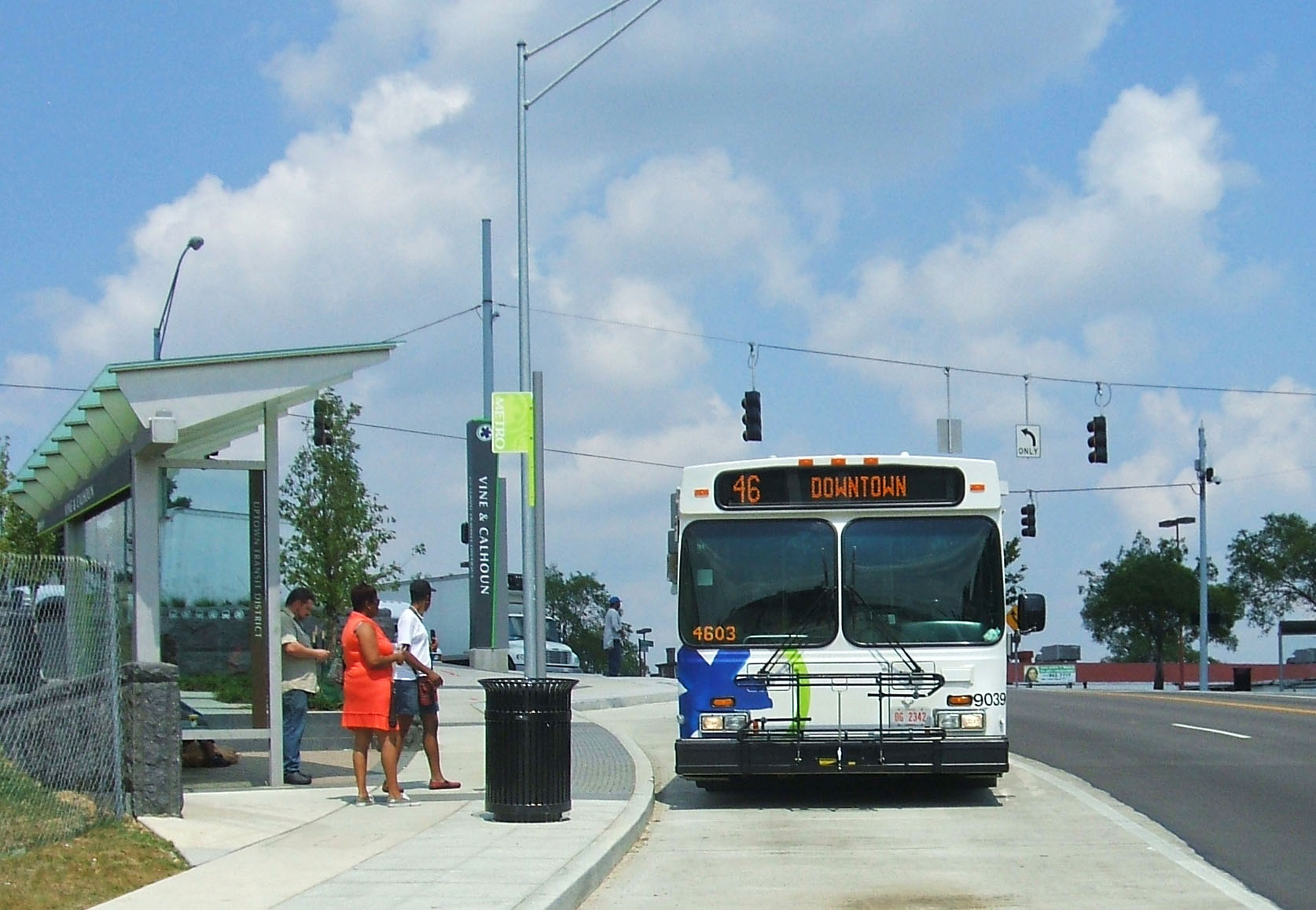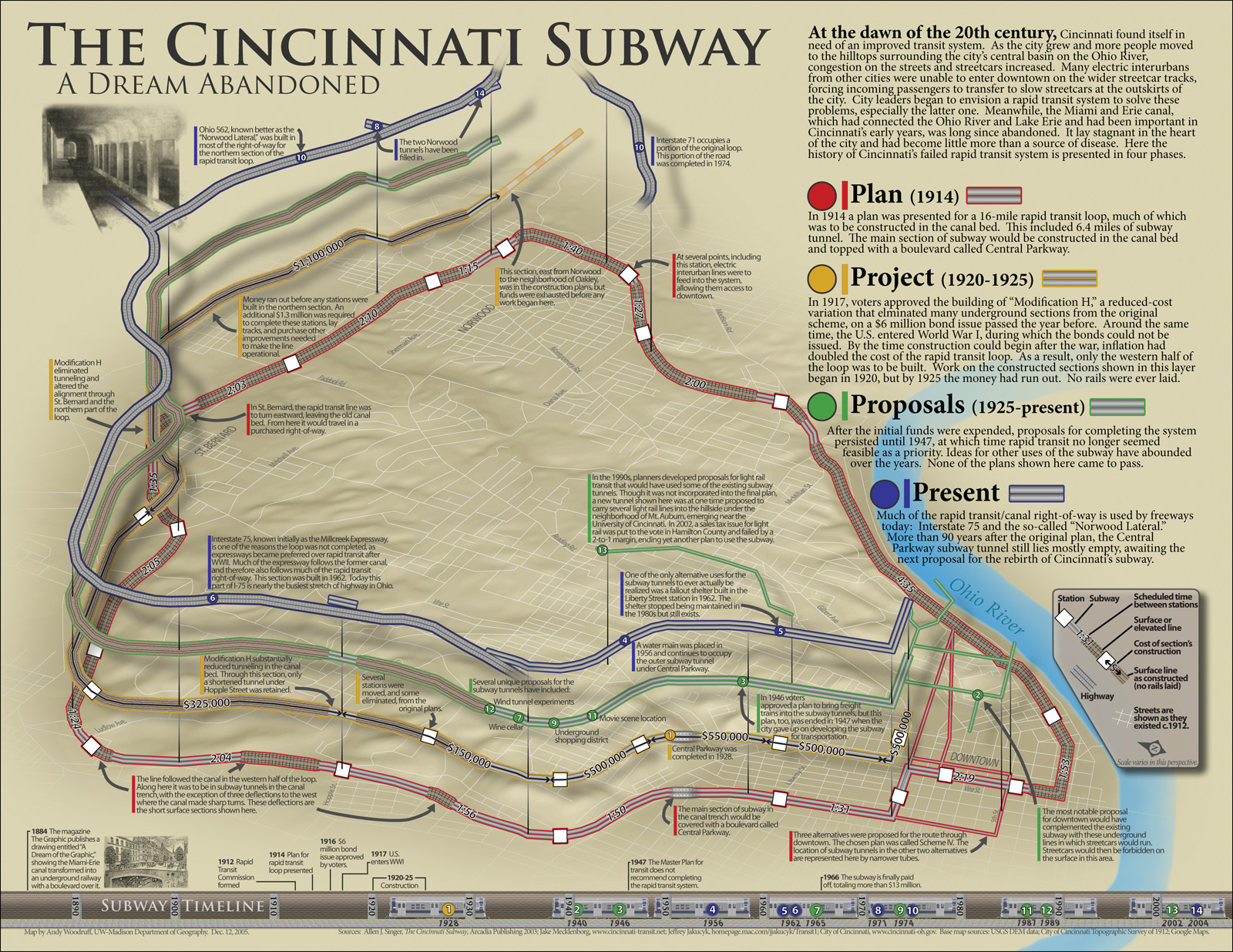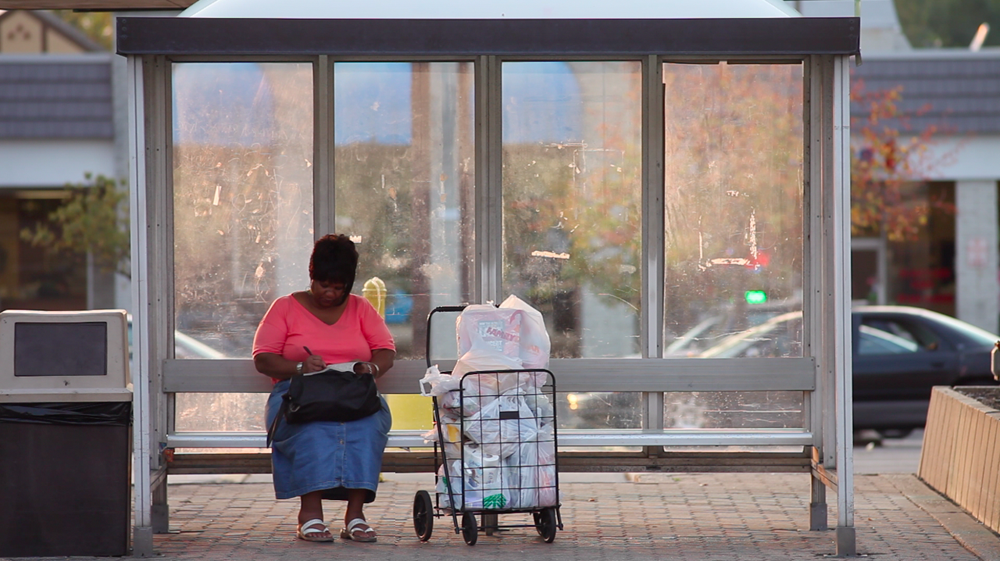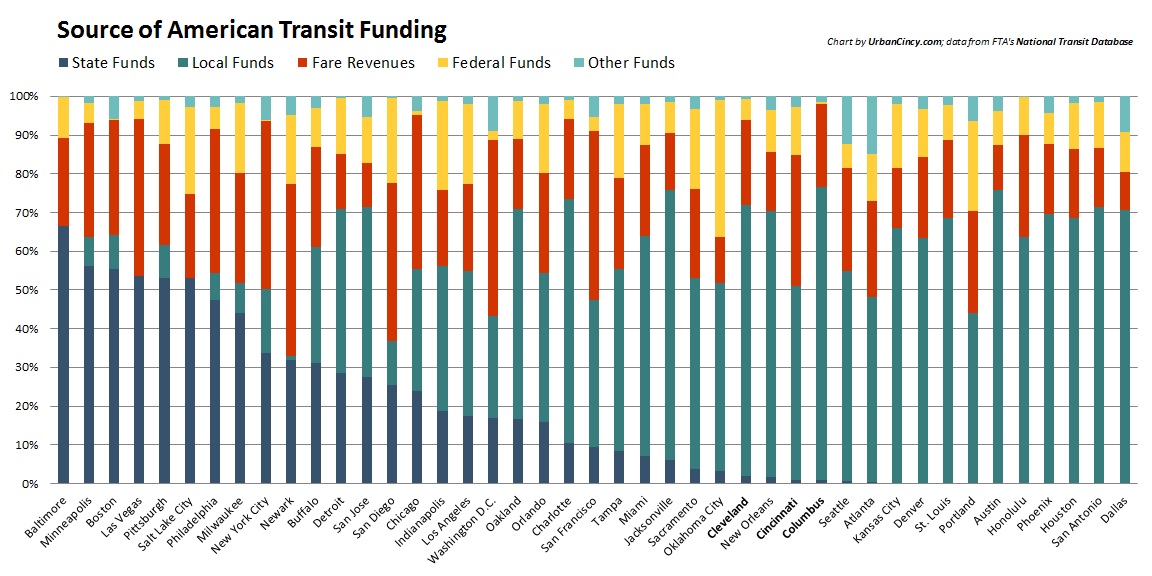Taking transit is not always a gratifying experience. Sure you are reducing your stress by not sitting in traffic, and you’re reducing the impact on both your wallet and the environment. But that does not change the fact that there are many times where you are waiting for your bus or train in unpleasant circumstances.
Of course, unpleasant waiting and riding conditions are not the only things keeping some people away from taking transit, or upsetting those that already do.
The Southwest Ohio Regional Transit Authority (SORTA) has been trying to fix some of these issues with recent service enhancements and new transit facilities. But those efforts have only gone so far with a limited budget.
Here’s where you come in.
If you have an idea that you think would improve the transit experience for existing and potential future riders, Ioby – a neighborhood crowdfunding program – wants to hear about it. In partnership with Transit Center, they will select the best applicants and award them up to $4,000 in matching funds to implement their idea through what they are calling the Trick Out My Trip campaign.
In order to qualify, organizers say that projects should be non-digital tools that improve the public transportation experience, focus on a single node within a transit system (train station, bus station, bus shelter, subway or metro stop, bikeshare docking station), encourage the use of clean transportation, or be something that is in the spirit of improving shared public transportation experiences.
Ioby also asks that project budgets not exceed $10,000, and that each project involves a group of three or more people working together.
Since Ioby is a crowdfunding platform, project budgeting will require each application to create their own crowdfunding page where the amount of money they raise will be matched dollar-for-dollar, up to $4,000, by Ioby.
Those interested are asked to submit an initial form of interest by Monday, October 6. From there projects will be selected, with fundraising activities taking place in late October. Organizers say that projects will need to be implemented by November 25, 2014, with reports on their effectiveness delivered by December 16.
So, what’s your idea?




